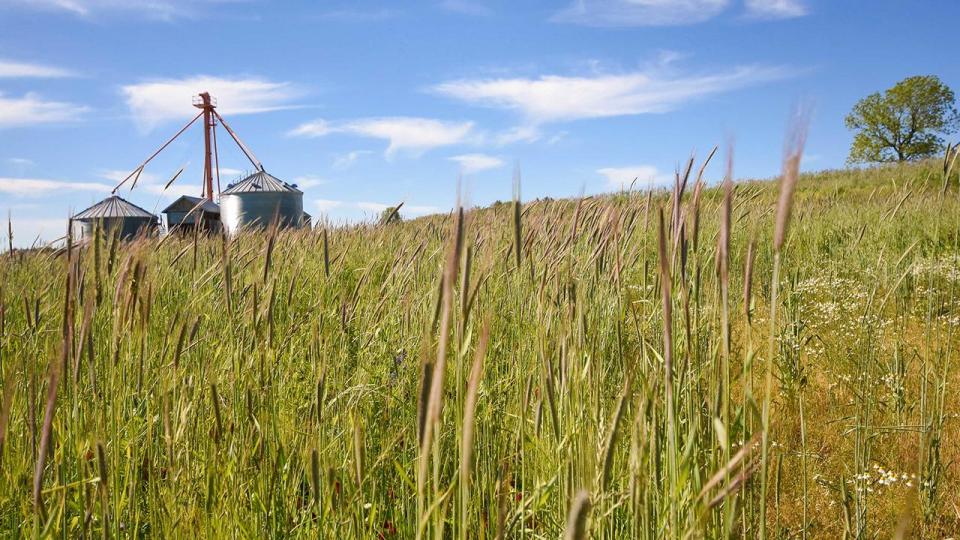

In 1682, René-Robert Cavelier, Sieur de La Salle claimed the area first when he named all the territory drained by the Mississippi River and its tributaries for France, naming it the Louisiana Territory. Several explorers from across Europe explored the lands that became Nebraska. "Crow Dog", a Brulé Native American in 1898. Animals appearing during this period remain in the state to this day. During various periods of the remainder of the Pleistocene and into the Holocene, the glacial drift was buried by silty, wind-blown sediment called " loess".Īs the climate became drier grassy plains appeared, rivers began to cut their present valleys, and present Nebraska topography was formed.

Clayey tills and large boulders, called " glacial erratics", were left on the hillsides during the period when ice sheets covered eastern Nebraska two or three times. During the last two million years, the climate alternated between cold and warm phases, respectively called " glacial" and " interglacial" periods instead of a continuous ice age. Likely, they occurred between two million to 600,000 years ago. The exact timing that these glaciations occurred remain uncertain. The Oglala National Grassland near Chadron, Nebraskaĭuring the last ice age, continental ice sheets repeatedly covered eastern Nebraska. The state also had a variety of horses native to its lands. Animals occupying the state during this period included camels, tapirs, monkeys, tigers and rhinos. Fossil leaves from ancient trees are found today in the state's red sandstone rocks. After thousands of years the land became drier, and trees of all kinds grew, including oak, maple, beech and willow. Fossil skeletons of these animals and period plants were embedded in mud that hardened into rock and became the limestone that appears today on the sides of ravines and along the streams of Nebraska.Īs the sea bottom slowly rose, marshes and forests appeared.

Other sea life included invertebrates such as mollusks, ammonites, squid-like belemnites, and plankton. Additionally, sharks such as Squalicorax, and fish such as Pachyrhizodus, Enchodus, and the Xiphactinus, a fish larger than any modern bony fish, occupied the sea. The sea was occupied by mosasaurs, ichthyosaurs, and plesiosaurs. A Dinohippus fossil horse from the late Pliocene found at Ashfall State Historical Park near Royal Mesozoic ĭuring the Late Cretaceous, between 66 million to 99 million years ago, three-quarters of Nebraska was covered by the Western Interior Seaway, a large body of water that covered one-third of the United States.


 0 kommentar(er)
0 kommentar(er)
